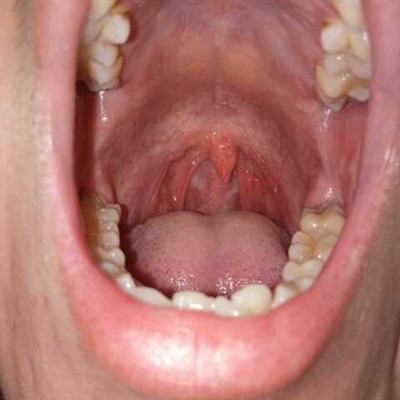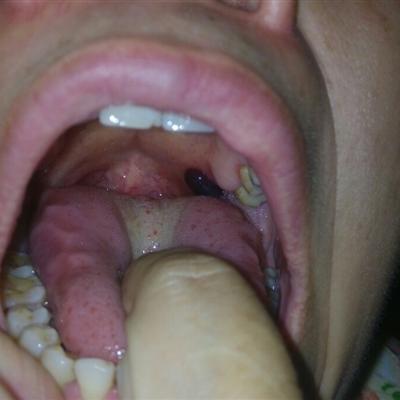What's the matter with the blackening of tongue coating?
summary
When I found that my tongue coating turned black, I felt very nervous and thought that I was suffering from some malignant disease. In fact, black tongue is not a rare phenomenon since broad-spectrum antibiotics are widely used in clinic. Let's introduce how black tongue is going on?
What's the matter with the blackening of tongue coating?
First, when tongue coating turns black, we should pay attention to liver disease, which is caused by excessive liver fire; It is suggested that you go to the hospital for liver function and B-ultrasound examination, and use chrysanthemum tea to recuperate.
Second, modern medicine believes that the emergence of black moss should be based on the etiology of the disease to analyze the principle of production. There are several common factors: first, high fever: we have observed 50 cases of patients with tongue black moss, 36 cases with varying degrees of fever, including 20 cases of high fever, 16 cases of low fever. Most people have black moss in the process of fever. Some people have black moss subsided after high fever, but black moss reappeared in the second fever, which proves that there is a certain relationship between fever and black moss. In addition, black moss was also related to the duration of fever. In the above cases, black moss appeared 4 days after the shortest fever and 80 days after the longest fever. In most cases, black moss appeared 2 weeks after fever, with an average of about 20 days. It can be seen that the longer the fever time, the more black moss appeared. In patients with black moss, half of the cases are caused by various inflammatory infections, including pneumonia, pyelonephritis, gangrenous appendicitis, peritonitis, cholecystitis, lower extremity phlebitis, suppurative osteomyelitis, pelvic inflammatory disease and sepsis. Due to infection, high fever, toxin stimulation and other factors, the tongue filiform papilla can proliferate too long. In addition, microbial staining can make it black, resulting in the appearance of brown and black keratinocytes peculiar to the black fur, which makes the tongue fur dry and brown.

Third: gastrointestinal dysfunction: clinical observation shows that more than half of the patients with black moss have gastrointestinal symptoms such as abdominal distension, constipation, nausea and poor appetite. After treatment with the attacking agent, if the stool is smooth and the internal heat subsides, the black moss also subsides; After the black moss subsided, the appetite also improved. These symptoms of gastrointestinal dysfunction are mostly seen in patients with high fever, so intestinal dysfunction may be one of the symptoms of body poisoning. Due to the stimulation of bacterial toxins, gastrointestinal dysfunction will reduce the pH value of oral saliva, increase the adhesion between tongue cells, prolong the cuticle process of filamentous nipple, and easily be dyed black by microorganisms, forming black moss.

matters needing attention
To live a regular life, light diet, eat more vegetables and fruits, drink more water, avoid greasy spicy food, do not smoke












